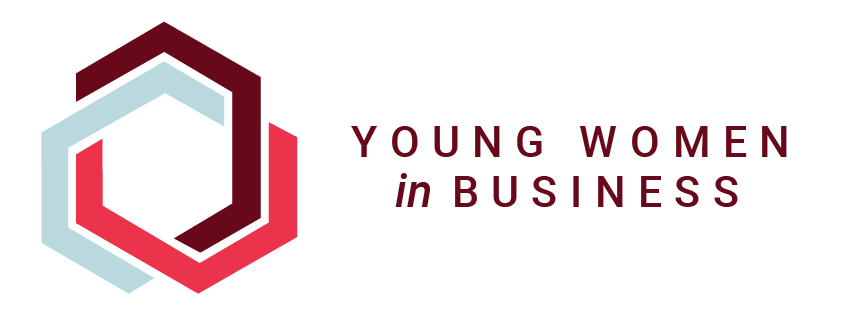5 Tips & Tricks on Effective Negotiation: Event Recap
/Last Tuesday, to quote our amazing speaker Mitra Kiamanesh, “We teased the topic of negotiation”. Having over 30 years of international experience in mediation, intercultural project management, conflict resolution and negotiation, Mitra opened our eyes on a few key things we have to prepare for and keep in mind whether we enter a negotiation in our professional or personal lives.
“In business as in life, you don’t get what you deserve, you get what you negotiate.”
- Chester. L. Karrass
-
Ask for What’s Feasible
Before starting, say, a salary negotiation, do your homework! What is the industry average? Does the company need you? What is the company’s current state? What is the ceiling? What are some of the arguments the company might have against your proposal and how would you prove that you deserve that promotion? Coming in prepared, with statistics to back up your asks, will add weight and professionalism to your points.
-
Everyone is Right
If you think about it, everyone thinks that their perspective is the right one. However, with this approach an agreement can never be reached as everyone’s “right” does not match. It is important to think about similarities and differences in your points of view and negotiate around them. Don’t ignore cultural sensitivities! We all come from different backgrounds and have different points of view.
-
Have a Reservation Point
Coming into negotiation, have these three things figured out: what you want - the ideal outcome, what are your maybes - things you can play around with and are willing to concede on, and your non-negotiables. You have to be true to yourself and strict about your non-negotiables. If a negotiation starts putting your non-negotiables at risk, you have hit your reservation point and it’s best to walk away to avoid regretting any decisions made.
-
Environment and Body Language Matter
Be very mindful of the setting in which negotiation takes place. Certain seating arrangements, for example, can either make or break a conversation. For example, a round table is inviting and erases any power dynamics as everyone can see each other and sit at the same level.
As for body language tips and tricks, nobody said it better than Amy Cuddy, you can watch her TED talk here: https://www.ted.com/talks/amy_cuddy_your_body_language_shapes_who_you_are?language=en
-
Linda, Listen!
We can’t stress enough how crucial it is to practice active listening. Acknowledging the fact that you heard and understood what the other person was saying by rephrasing his or her words will show that you were listening, you care about their position and you want to reach an agreement. This type of listening calms people down and sets an overall positive atmosphere.
On the importance of listening: https://www.youtube.com/watch?v=TP8RB7UZHKI
If you have any questions about the content of the session or would like to join us at an upcoming event, check out our events page. We can’t wait to meet you!





